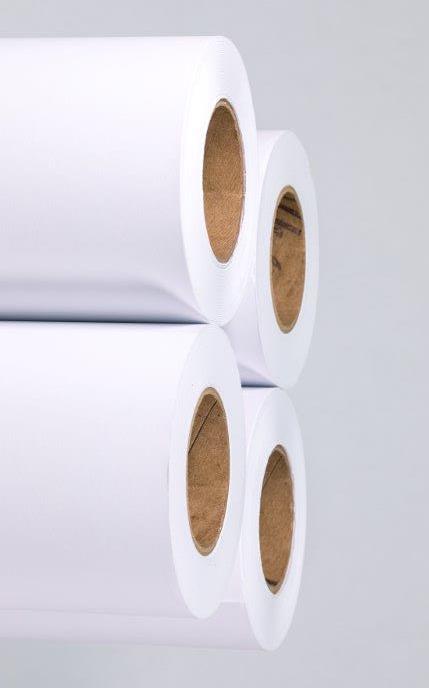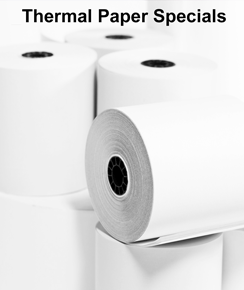History of Thermal Paper
 In 1965, the first thermal paper rolls were developed by Appleton Papers. However, the technology was not considered marketable until the Silent 700 data terminal was created by Texas instruments in 1969. This device utilized thermal roll technology, which revolutionized the printing industry. Just as the name implies, this new system was marketed to be a silent alternative to the loud and often annoying printers that were widely used at that time.
In 1965, the first thermal paper rolls were developed by Appleton Papers. However, the technology was not considered marketable until the Silent 700 data terminal was created by Texas instruments in 1969. This device utilized thermal roll technology, which revolutionized the printing industry. Just as the name implies, this new system was marketed to be a silent alternative to the loud and often annoying printers that were widely used at that time.
Further Development of Thermal Paper
Another company that advanced the thermal paper technology during the 1980s and 1990s was the NCR Corporation. With the introduction of this new thermal paper option, the feasibility of thermal printers was improved because there was now a wide array of affordable thermal paper roll printers. These printers were easy to maintain and versatile for business applications, retailers, and manufacturers.
The Appeal of Thermal Paper Rolls
A unique feature of thermal paper rolls that really sets it apart from other types of printing is that a thermal printer head is used for creating an image on the thermal paper. This means that no chemicals or additional ink are needed to create the the text or image seen. Thermal paper rolls are coated with a special type of chemical dye, which changes color when it comes in contact with heat and a specific type of acid.
Most thermal paper rolls create an image that is blue, red, black depending on what type of dye has been used by the manufacturer. These rolls are extremely popular in a wide array of bar code machines, credit card machines, cash registers and other devices. It is an affordable, low maintenance option that is popular in industrial, restaurant and retail settings. There are some companies that have even created multi-colored printers.
Are Thermal Printers Right for You?
Before you make the switch to a thermal paper roll system, it is important to consider some of the negatives. For example, exposure to any type of heat may destroy the print image by causing the entire roll to turn black. Thermal paper rolls are thin and extremely vulnerable to damage from being exposed to UV radiation, chemicals, water, and sunlight. While scientists have created several chemicals that help to minimize the impact of these types of environmental factors, there is still a chance that you may lose some of the image printed on thermal paper rolls.
If you have a situation that requires you to maintain the data on your thermal paper rolls for a long period of time, then you need to make sure they are stored in a facility that is climate controlled with very little temperature fluctuation.
While laser and ink printing technologies have a large portion of the printing market, there are still quite a few advantages offered by thermal paper rolls. If you are searching for a low hassle and economical alternative, then you should carefully consider thermal paper rolls for your business or personal use.



